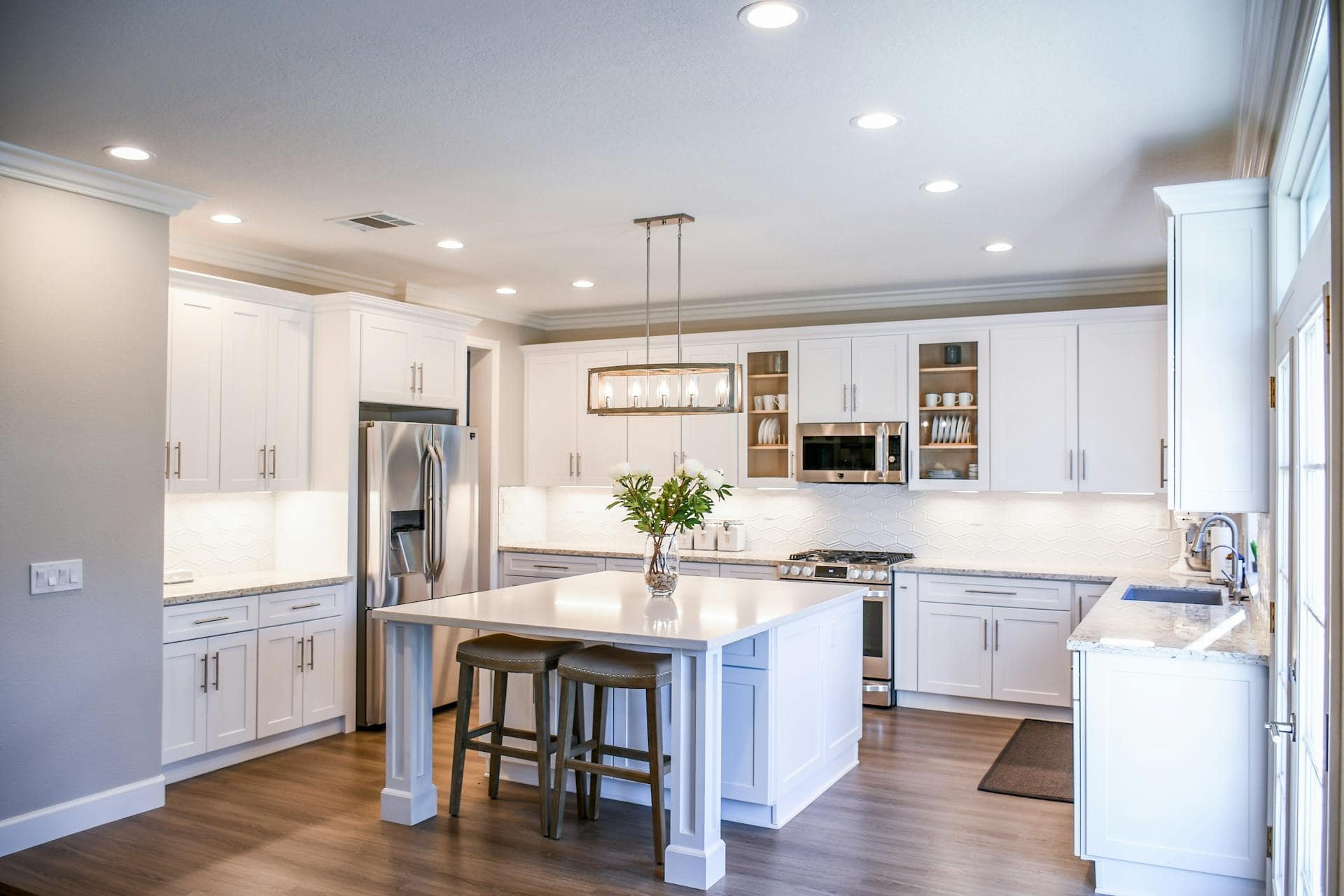
Question: What Is the Difference Between a Built-In Refrigerator and a Regular Refrigerator?
Answer: Differences between a built-in and regular refrigerator include built-in refrigerators are designed to fit flush with cabinetry for a streamlined look, while regular refrigerators stand alone. Built-ins often require specific ventilation and cabinetry.
Built-In vs. Regular Refrigerators
Choosing the right refrigerator is a significant decision for any homeowner. Two primary categories dominate the market: built-in and regular (freestanding) refrigerators. Understanding their differences is important for selecting the appliance that best suits your needs and kitchen design.
This article addresses the essential question: “What is the difference between a built-in refrigerator and a regular refrigerator?” We will explore the various aspects that distinguish these two types, equipping you with the knowledge to choose the best option for your kitchen. We will consider factors such as appearance, cost, and practicality, offering a clear and comprehensive comparison. Let’s look into the details and discover which refrigerator style aligns with your specific requirements.
Size and Dimensions
Built-in refrigerators seamlessly integrate into your kitchen cabinetry, providing a flush, custom look. Their dimensions often conform to standard cabinet sizes, making them an ideal choice for kitchens designed with specific measurements in mind. However, this tailored fit may limit capacity compared to freestanding models.
Regular refrigerators, also known as freestanding models, offer more flexibility in size and capacity. They come in a wide range of dimensions to accommodate various kitchen layouts and storage needs. Because they stand alone, their dimensions aren’t restricted by cabinetry.
Click the link to learn more about Blue Kitchen Refacing
Related Article: Do Built-In Fridges Need Ventilation?
Related Article: What Is the Difference Between Integrated and Built-In Fridge?
Aesthetic Appeal
Built-in refrigerators achieve a clean, integrated look, blending seamlessly with the surrounding cabinetry. This creates a cohesive kitchen design, often perceived as more high-end and sophisticated. Panel-ready options allow homeowners to match the refrigerator’s front to their existing cabinetry for a truly uniform appearance.
Regular refrigerators offer a more standard aesthetic. While they come in various finishes like stainless steel, black, and white, they generally don’t blend in with the cabinetry in the same way a built-in model does. This standard appearance makes them a versatile option for a variety of kitchen styles.
Price Considerations
Built-in refrigerators typically command a higher price tag than their freestanding counterparts. The specialized design, precise dimensions, and more complex installation contribute to the increased cost. Additionally, features like panel-ready options can further increase the overall price.
Regular refrigerators offer a more budget-friendly option. Their standard design and simpler installation process contribute to their lower price point. This makes them an accessible choice for homeowners seeking reliable refrigeration without the premium price tag of a built-in model.
Maintenance
Both built-in and regular refrigerators require routine cleaning and maintenance to ensure optimal performance and longevity. Regular cleaning of the interior, coils, and gaskets prevents bacterial growth and maintains efficient cooling. Checking door seals and ensuring proper ventilation also contribute to the appliance’s longevity.
While the maintenance tasks for both types are similar, accessing components in a built-in refrigerator might require more effort due to its integrated design. This may necessitate removing panels or adjusting cabinetry for access, potentially adding complexity to the maintenance process.
Energy Efficiency
Both built-in and regular refrigerators offer energy-efficient models. Look for models with an Energy Star rating to ensure they meet specific energy consumption guidelines. Choosing an energy-efficient model reduces electricity bills and contributes to a more sustainable lifestyle.
Due to their tighter seals and integrated design, built-in refrigerators sometimes offer slightly better insulation than freestanding models. This improved insulation can potentially lead to marginally higher energy efficiency, though the difference isn’t always significant.
Conclusion
Choosing between a built-in and a regular refrigerator depends on your individual needs, kitchen design, and budget. Built-in refrigerators offer a seamless, integrated look, but come with a higher price tag and a more complex installation. Regular refrigerators provide more flexibility in size and price, making them an accessible option for many homeowners. Consider the size and dimensions of your kitchen, your preferred aesthetic, your budget, and the installation requirements when making your decision.
By understanding the key differences outlined in this article, you can make an informed choice and select the refrigerator that best suits your needs and complements your kitchen. Whether you prioritize a streamlined, integrated look or a more budget-friendly and versatile option, understanding the distinctions between built-in and regular refrigerators empowers you to make the perfect choice for your home.

Blue Malue Get in touch with Blue here.
